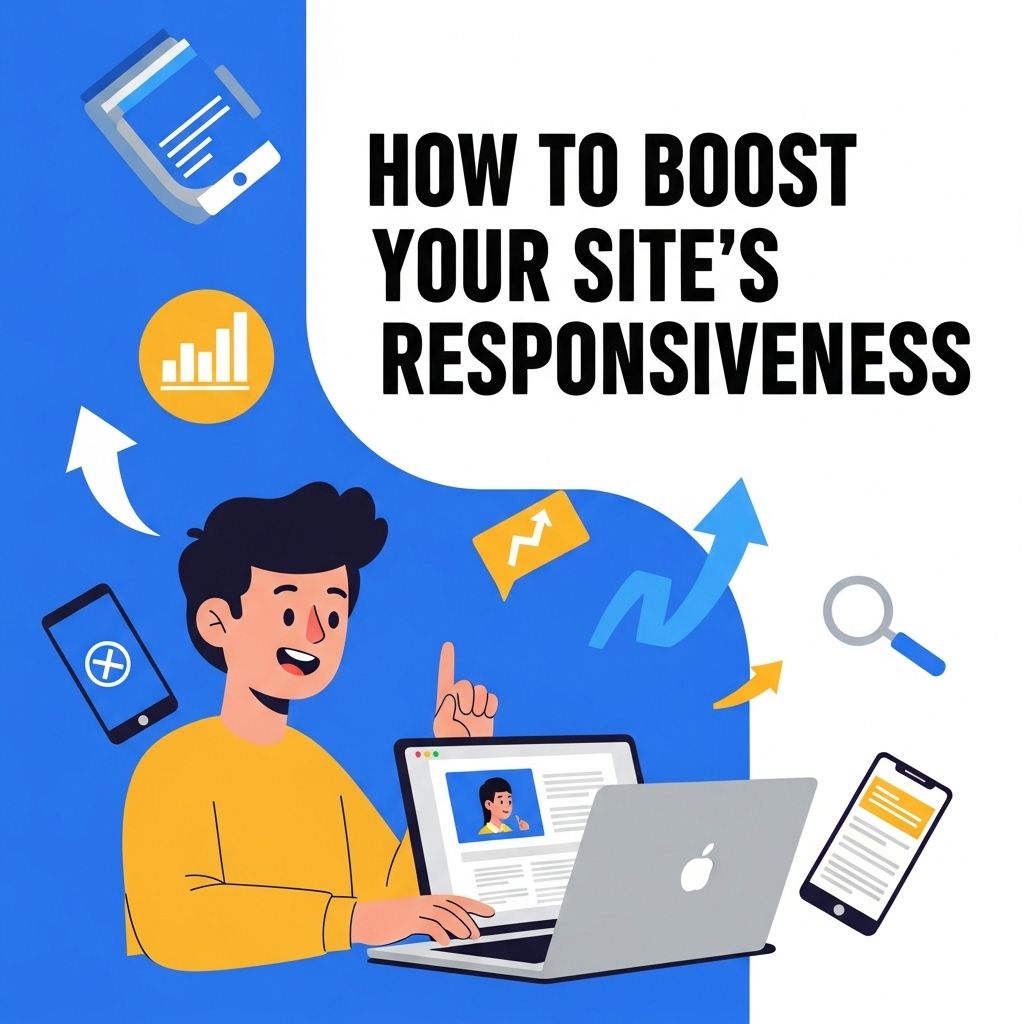In today’s digital age, creating a stunning website has never been easier. With advancements in web development technologies and a plethora of tools available, it is possible to build visually appealing and functional websites quickly. Whether you are a seasoned developer or a novice, understanding the key elements of web design and the right tools can significantly streamline the process. In this article, we will explore various strategies and resources to help you create stunning websites efficiently.
Understanding the Basics of Web Design
Before diving into the tools and processes, it is important to grasp the fundamental concepts of web design that will guide you in creating an effective website.
1. Importance of User Experience (UX)
User experience is at the core of web design. A well-designed website should be intuitive, user-friendly, and easy to navigate. Here are some key aspects of UX design:
- Responsive design for various devices
- Fast load times
- Clear and concise information architecture
- Accessible content for all users
2. Visual Design Principles
Visual elements play a crucial role in attracting users and keeping them engaged. Consider the following principles:
- Color Theory: Choose a color palette that resonates with your brand identity.
- Typography: Select fonts that are readable and align with your design theme.
- Imagery: Use high-quality images and graphics to enhance your content.
Choosing the Right Tools
The right tools can dramatically speed up the website creation process. Here are some categories of tools to consider:
1. Website Builders
Website builders are ideal for those who may not have coding experience. They offer drag-and-drop functionality and pre-designed templates. Popular options include:
| Website Builder | Features | Ideal For |
|---|---|---|
| Wix | Customizable templates, app market, SEO tools | Small businesses, portfolios |
| Squarespace | Beautiful designs, e-commerce support, blogging | Creatives, e-commerce |
| WordPress.com | Extensive plugins, customizable themes, blogging | Blogs, complex sites |
2. Content Management Systems (CMS)
If you are looking for more control and flexibility, consider using a CMS. WordPress.org is the most widely used platform, but others like Joomla and Drupal are also powerful options.
3. Design Tools
For those with design skills, tools like Adobe XD, Figma, and Sketch can help create stunning mockups and prototypes before development.
Creating Content That Engages
Content is king when it comes to websites. Stunning visuals are important, but compelling content drives engagement. Here are some tips for creating engaging website content:
1. Crafting Powerful Headlines
Your headlines are the first impression visitors will have of your content. Consider the following tips:
- Keep it concise and clear
- Use strong verbs
- Include keywords for SEO
2. Utilizing Visual Content
Incorporate images, videos, and infographics to break up text and illustrate points. Visual content can increase retention rates and make information more digestible.
3. SEO Best Practices
To ensure your website reaches a wider audience, implement SEO best practices:
- Optimize images with alt text.
- Use relevant keywords in your content and meta descriptions.
- Ensure your website is mobile-friendly.
Testing and Launching Your Website
A flawless launch is key to making a positive first impression. Here are steps to follow before going live:
1. Browser Compatibility Testing
Make sure your site performs well across all major browsers, including Chrome, Firefox, Safari, and Edge.
2. Mobile Responsiveness Testing
Check how your website responds on mobile devices. Tools like Google’s Mobile-Friendly Test can help evaluate this.
3. Performance Testing
Use tools like GTmetrix or Google PageSpeed Insights to analyze load speed and make necessary adjustments.
Post-Launch Maintenance
Once your website is live, ongoing maintenance is crucial. Here are some maintenance tasks to keep in mind:
- Regularly update content to keep it fresh and relevant.
- Monitor site performance and fix any issues that arise.
- Engage with user feedback and make improvements accordingly.
Conclusion
Creating stunning websites quickly is a blend of understanding design principles, utilizing the right tools, crafting engaging content, and ensuring a smooth launch. By following the strategies outlined in this article, you can streamline your web development process and create a website that not only looks good but also serves your audience effectively. Embrace the digital landscape and start building today!
FAQ
What are the best tools for creating stunning websites quickly?
Some of the best tools for creating stunning websites quickly include website builders like Wix, Squarespace, and WordPress, as well as design tools like Canva and Figma for creating graphics.
Can I create a website without coding skills?
Yes, many website builders offer drag-and-drop interfaces that allow you to create a website without any coding skills. These platforms provide customizable templates and easy-to-use design features.
What features should I include in a stunning website?
Key features for a stunning website include a responsive design, high-quality images, easy navigation, clear calls to action, and optimized loading speed to enhance user experience.
How important is mobile optimization for websites?
Mobile optimization is crucial as a significant portion of web traffic comes from mobile devices. A mobile-friendly website improves user experience and can enhance search engine rankings.
What is the role of website aesthetics in user engagement?
Website aesthetics play a vital role in user engagement. An appealing design can capture visitors’ attention, increase time spent on the site, and improve conversion rates.
How can I improve the loading speed of my website?
You can improve your website’s loading speed by optimizing images, minimizing code, using a content delivery network (CDN), and choosing a reliable hosting provider.




